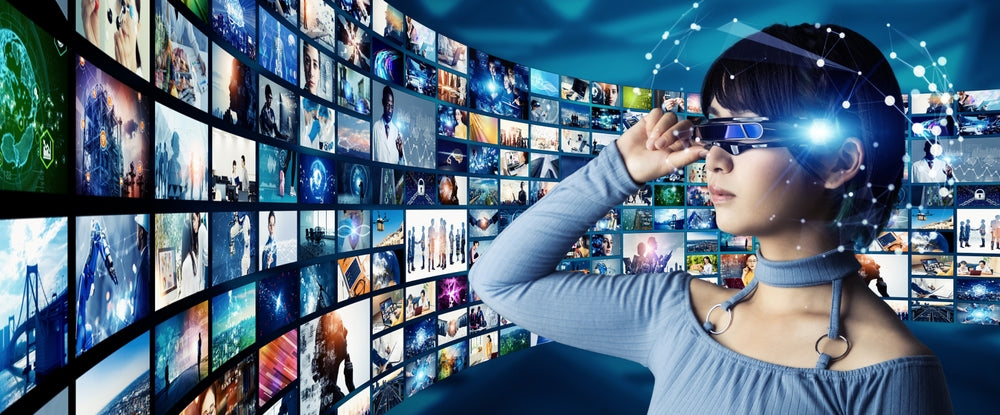
How AR Glasses Create Stereoscopic Images and the Illusion of Depth
Principles of human vision
The human eye sees stereoscopic images through a process called binocular vision, which enables us to perceive depth and three-dimensional (3D) objects. Binocular vision is achieved through the ability of the eyes to capture slightly different views and the brain to combine these views into a single image.
When viewing stereoscopic images, each eye sees a slightly different image that is captured with the eyes slightly apart. The brain receives two slightly different images from the eyes and then calculates a single image with depth, providing the 3D effect. This all happens unconsciously, as the brain uses a process called stereopsis to match corresponding points in each eye's image and fuse the two images into one.
To achieve this, the brain compares the position of objects in the left and right eye images and calculates the difference in position to determine the relative depth of objects in the scene.
Additionally, the brain adjusts the focus and convergence of the eyes to ensure that the two images are properly aligned. This adjustment enables the two eyes to work together to create a clear, cohesive 3D image.
The imaging principle of AR glasses
AR glasses achieve stereoscopic imaging by presenting slightly different images to each eye, simulating the way the eyes perceive depth in the real world. This effect is created using two displays or projectors, one for each eye, which display slightly offset images.
The principle behind stereoscopic imaging is based on the concept of parallax, which refers to the apparent shift in the position of objects when viewed from different angles. In the case of AR glasses, the slightly offset images presented to each eye create a different parallax effect, allowing the brain to perceive depth and a 3D effect.
Stereoscopic imaging
AR glasses achieve stereoscopic imaging by presenting slightly different images to each eye, simulating the way eyes perceive depth in the real world. This effect is created using two displays or projectors, one for each eye, displaying slightly offset images.
The principle behind stereoscopic imaging is based on the concept of parallax, which refers to the apparent displacement of object position when viewed from different angles. In the case of AR glasses, the slightly offset images presented to each eye create a different parallax effect, allowing the brain to perceive a 3D effect.
Depth Illusion
AR glasses create the illusion of depth by combining techniques that involve depth sensing, tracking, and rendering. These techniques work together to create virtual images that appear to be at a certain distance from and integrated with the real world.
The process of creating depth illusion in AR glasses involves the following steps:
Depth Sensing: AR glasses use various sensors such as cameras, depth sensors, or LiDAR sensors to capture depth information about the user's environment. This depth information is used to determine the position and size of virtual objects in the AR display, and to render them at the appropriate depth.
Tracking: AR glasses use tracking technologies such as Inertial Measurement Units (IMUs) or cameras to track the user's head movement and adjust the position and orientation of virtual objects in real-time. This tracking is crucial for maintaining the illusion of depth and integrating virtual objects with the real world.
Rendering: With depth information and tracking data, AR glasses use rendering engines to generate virtual images that are projected onto the glasses' transparent display. The rendering engine takes into account the user's viewpoint and adjusts the position, size, and appearance of virtual objects to create a convincing depth illusion.
Fusion: Finally, AR glasses project the virtual image onto the transparent display, fusing the virtual image with the real world, allowing the user to see both simultaneously. The virtual objects appear to be at a certain depth, creating the illusion of 3D objects integrated with the real world."
